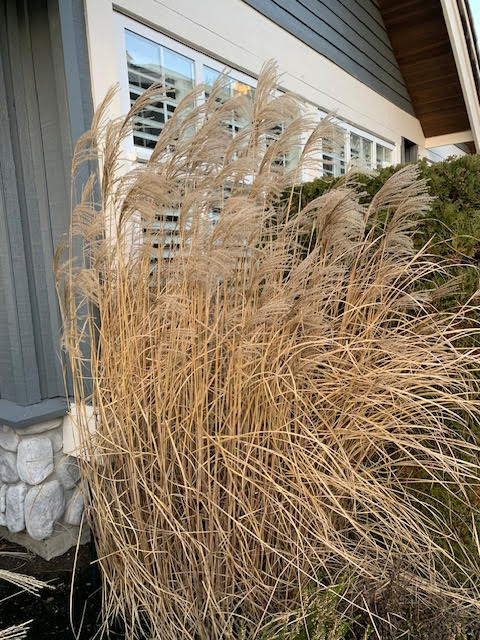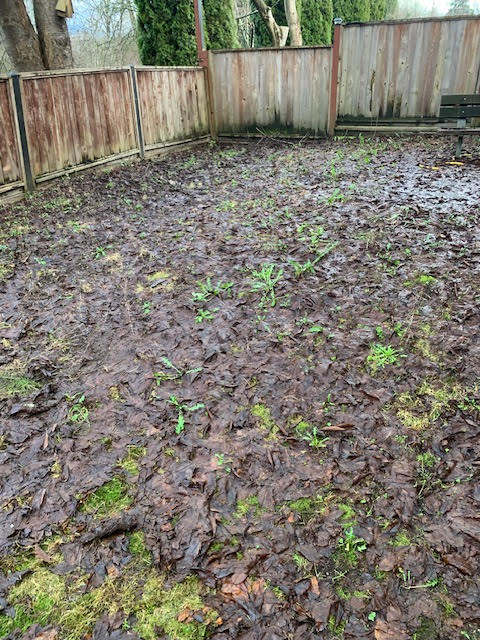No fun
Just last week the landscape manager we worked with had a bad micro-managing day and nobody had fun. I knew it would be a struggle when the manager looked at two of us and referred to us as “you” while assigning tasks.
When you’re the leader you have to trust your team to complete their work properly. For example, I took out a wheelbarrow from the truck so I could use to transport full green waste tarps. Hauling them over my shoulder all day is exhausting. As soon as the wheelbarrow came out, the manager told I didn’t need it unless I was going out to the boulevard to collect tarps.
What’s this? I need permission to use a wheelbarrow? Unbelievable.
Later on it got even worse. We had to do bedwork on a sloping bank which required good maneuvering with small rakes. Then we happened to reach one opening and as soon as we did, my co-worker got a speech on using proper tools. Big piles require bigger rakes. No way. Who knew?
It wasn’t practical to switch tools for one section. I simply kicked my larger piles onto my tarp and moved on. This is my 25th season in the field, I think I can handle rakes. But micro-managers are loud and always right.

3 requirements for workplace happiness
To feel good at work, you must:
Be competent and skilled enough to complete your work-technical skills,
Be sold on your company’s mission- believe!
and Have some autonomy! This is what micro-managers don’t understand.
Problems with micro-management
Here’s a list of problems with micro-management.
- Reduced Employee Morale:
- Constant scrutiny and interference can lead to a significant decline in employee morale. When employees feel that their work is not trusted, it can result in decreased job satisfaction and motivation. (We went home shaking our heads.)
- Decreased Productivity:
- Micromanaging often leads to a slower decision-making process and stifles creativity and innovation. Employees may become hesitant to take initiative or make decisions, resulting in a decrease in overall productivity.
- Lack of Employee Empowerment:
- Micromanagers typically have a hard time delegating tasks and responsibilities. This lack of empowerment can hinder employee development and growth, as they are not given the opportunity to take on new challenges and responsibilities.
- High Turnover Rates:
- Employees who feel micromanaged are more likely to become dissatisfied with their jobs and may seek employment elsewhere. This can lead to high turnover rates, which can be costly and disruptive for the organization.
- Impaired Creativity and Innovation:
- Micromanagement tends to stifle creativity and innovation. When employees are not given the freedom to explore new ideas or approaches, the organization may miss out on valuable opportunities for improvement and growth.
- Increased Stress and Burnout:
- The constant pressure and scrutiny from a micromanager can lead to increased stress and burnout among employees. This can negatively impact both their mental and physical well-being, as well as their ability to perform effectively.
- Wasted Time and Resources:
- Micromanagers often spend excessive time overseeing minute details, which can result in wasted time and resources. This time could be better utilized in strategic planning, problem-solving, and other high-impact activities.
- Poor Team Dynamics:
- Micromanagement can create a toxic work environment, leading to poor team dynamics. Trust is eroded, and team members may become resentful of each other and their manager, hindering collaboration and cooperation.
- Inhibited Employee Development:
- Micromanagers may not provide opportunities for skill development or professional growth. This lack of support can hinder employees’ long-term career advancement and overall job satisfaction.
- Ineffective Communication:
- Constant micromanagement can disrupt open and effective communication. Employees may become hesitant to share information, feedback, or concerns, fearing unnecessary scrutiny.
- Missed Opportunities for Learning:
- Mistakes and failures are part of the learning process. Micromanagers who intervene excessively may prevent employees from learning valuable lessons that come from overcoming challenges and making decisions independently.
- Undermined Trust:
- Micromanagement erodes trust between managers and employees. When employees feel that their every move is being monitored and questioned, it creates an atmosphere of suspicion rather than collaboration.
Back for more!
Since I’m stuck working with this micro-manager in winter, I will see how it develops. I might be able to offer hints now that I’ve penned this blog post but I’m not hopeful.


























